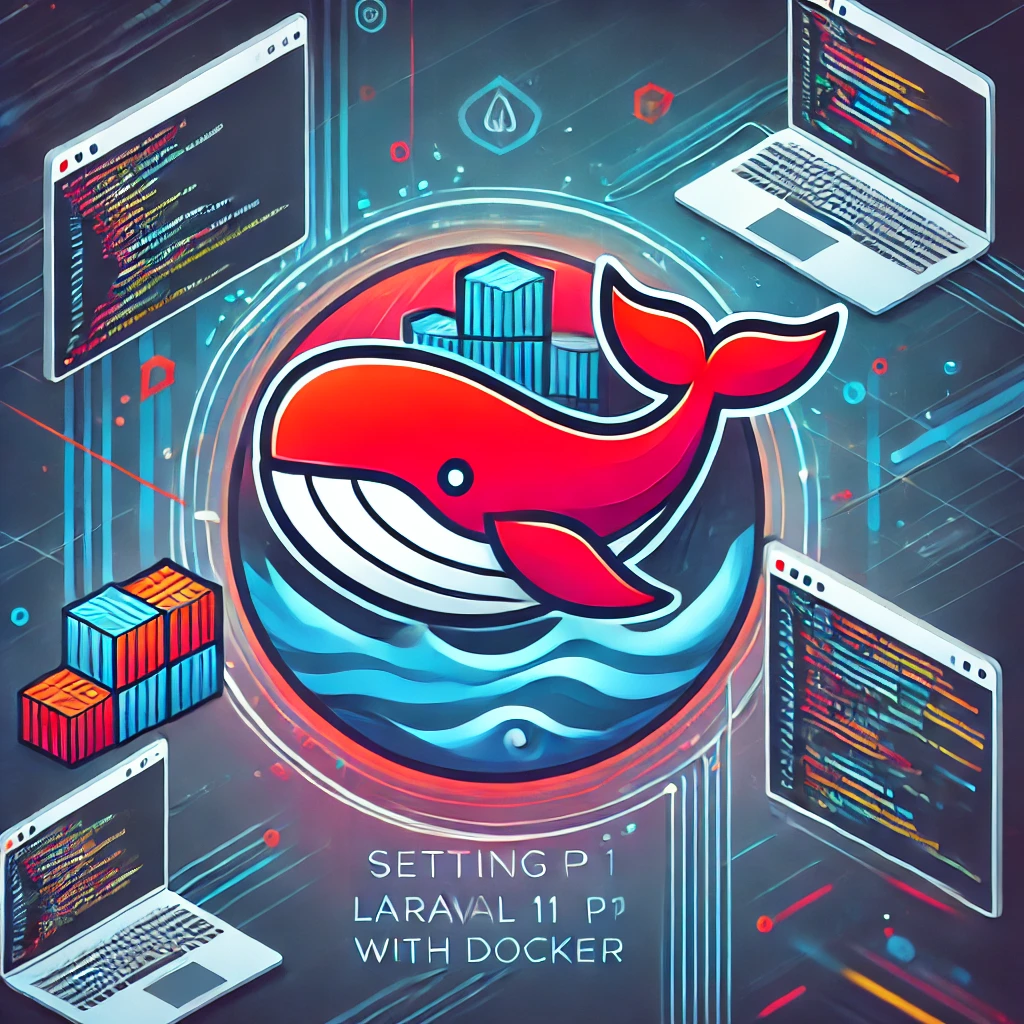In this blog post, I want to share how I set up a Laravel project using Docker. While I often use Herd because it's easy to set up and get an app running quickly, there are times when I need more customization or a specific configuration for a client to ensure the app runs seamlessly on their systems.
Prerequisites
Before starting, make sure Docker is installed on your system.
Step 1: Clone the Repository
To get started, clone the following repository:
$ git clone https://github.com/cloudwales/docker-laravel.git
This is a fork of vshloda/docker-laravel, which is a great starting point.
Once the repository has been cloned, navigate into the directory:
$ cd docker-laravel
Step 2: Setting Up the Laravel Project
If you prefer, you can run Docker commands directly from the root directory of the project. However, I personally cd into the src directory and run commands from there. While this approach might not be standard practice in the Docker community, I find it simplifies my workflow.
Remove Placeholder Files
First, we need to remove the placeholder empty files from the src and mysql directories:
$ rm -rf src/empty
$ rm -rf mysql/empty
Create a New Laravel App
Now, pull in Laravel using Composer:
$ cd src
$ composer create-project laravel/laravel:^11.0 .
The . at the end ensures that the Laravel files are placed directly into the current directory.
Alternatively, you can use Docker to create the project:
$ docker compose run --rm composer create-project laravel/laravel .
This command accomplishes the same task but runs Composer inside the Docker container. It's already configured to use the src directory.
Step 3: Running the Application
Start the Docker containers with the following command:
$ docker compose up -d
Your application should now be hosted at http://localhost:80.
Troubleshooting Common Errors
If you encounter an error such as:
Error response from daemon: Ports are not available: exposing port TCP 0.0.0.0:443 -> 0.0.0.0:0 listen tcp 0.0.0.0:443: bind: address already in use
This means the system port (e.g., port 80 or 443) is already in use. To resolve this, update the docker-compose.yml file:
ports:
- 8080:80 # Change this to an unused port, e.g., 8080:80
- 444:443 # Change this to another unused port, e.g., 444:443
In this configuration:
- The first number (e.g., 8080) is the port on your system.
- The second number (e.g., 80) is the port inside the Docker container.
If you're running multiple Docker containers, ensure each container uses a unique system port. Make a note of these changes in your app documentation so future users know which port to access.
After updating the ports, rebuild and start the containers:
$ docker compose up -d
You can then access your application in the browser at http://localhost:8080 (or whichever port you configured).
Wrapping Up
I hope this guide helps you set up your next Laravel project using Docker! If you run into any issues or need assistance with this setup, feel free to reach out.
